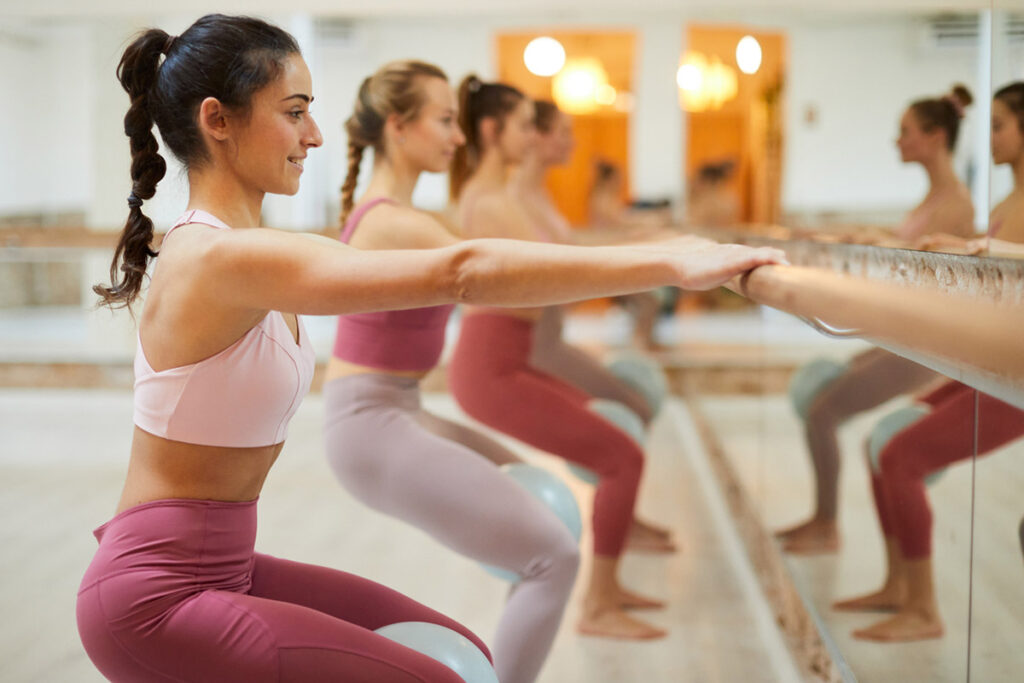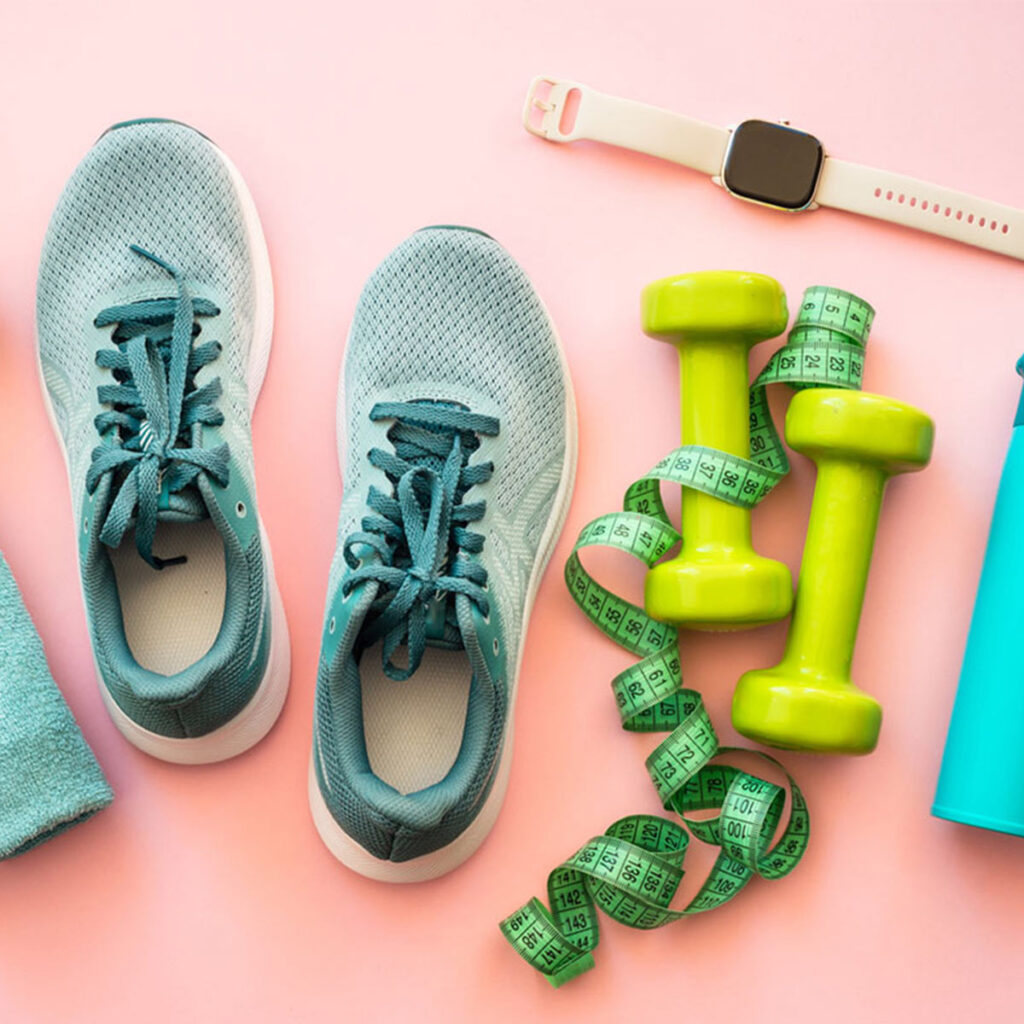10 Tips to Perfect Positioning
Did you know that poor posture not only puts stress on muscles and joints, but can also exacerbate arthritis, inspire fatigue, bring down your mood, cause jaw pain, create breathing problems, and lead to headaches, shoulder, neck, and back pain? Over time, if poor posture leads to malalignment, health problems can increase. So, read on to see which bad habits to avoid and how they affect your health!
10 tips to help you perfect the problematic positioning that can lead to a multitude of other maladies.
1. Stop Slouching
This common bad habit adds stress to your spine, bones, muscles, and joints. It also keeps your internal organs under pressure, effectively squishing your lungs and intestines, which decreases their efficiency. Eventually, this can make it difficult to digest food or take in enough air while breathing.
2. Stand Straight
If you’re fortunate enough to stand throughout the day, evaluate your positioning to make sure you’re standing correctly. Stand straight and tall with hips square, feet spaced evenly, head in line with your neck and spine, shoulders back, knees straight, and belly tucked in. Try not to stay leaned to one side. If you need to move or sway, try to keep movements equal from side to side.
3. Take Care in Your Chair
Staying seated is one of the easiest ways to encourage poor posture. That’s because over time, tired muscles tend to slump and slouch. As your body tires throughout the day, your positioning is likely to be compromised, decreasing blood circulation, causing tight, sore muscles, and deteriorating your mood. This inevitably affects your productivity in addition to your personal health.
4. Avoid Forward Neck Posture
Also called “text neck,” this is a very common improper posture frequently found in computer workers, readers, and people who spend an excessive amount of time on their smartphone. Ideally, your head should sit atop your neck with your ears in line with your shoulders. For every inch forward that your head leans, you’re adding nearly 10 pounds of extra weight strain to your neck muscles.
5. Focus on Footwear
Heels should ideally be reserved for the rarest of occasions; choose a lower chunky heel for daily wear. Supportive footwear is best for long days of standing or activity, and thin-soled, flexible shoes are great for strengthening foot muscles, which builds a better foundation for improved posture.
6. Sleep Smart
Invest in a mattress that supports your body’s needs and provides relief when you lie down. While you sleep, be smart about your position. If you sleep on your back, make sure your head and neck are supported with a wide pillow. Don’t use over-stuffed pillows – ideally your neck would be in a neutral position when your head is supported by the pillow. If you sleep on your side, consider putting a pillow between your legs to reduce torque on your hips and lower spine.
7. Concentrate on Your Core
It’s nearly impossible to have perfect posture without a strong core. Strong muscles that support your spine from the front are essential. They help sustain healthy posture throughout the day whether sitting or standing.
8. Get Moving
Increased activity is the best daily routine for better posture. Blood flow is important for healthy muscles, and strength and flexibility both contribute to healthy alignment. The human body is made for active, not sedentary, days.
9. Hinge from the Hips
Stop bending and curving your back to reach down. Instead, concentrate on the large muscles around your hips and intentionally hinge at this point, keeping your back straight. This limits compression and strain on your back muscles.
10. Resist Reaching
Many desk activities lead to reaching forward with your arms and hands to access keyboards, mice, and computer screens, but this can lead to tightness in your upper muscles. Instead, arrange your desk in an ergonomic way, with everything in reach of your arms’ natural radius. Stretching to open the affected muscles is also helpful.
It’s definitely difficult to follow all of these tips all the time, but simply being more aware of your posture throughout the day can help you improve your habits. Stretch and get active as often as you can, and protect your health by improving your posture!




